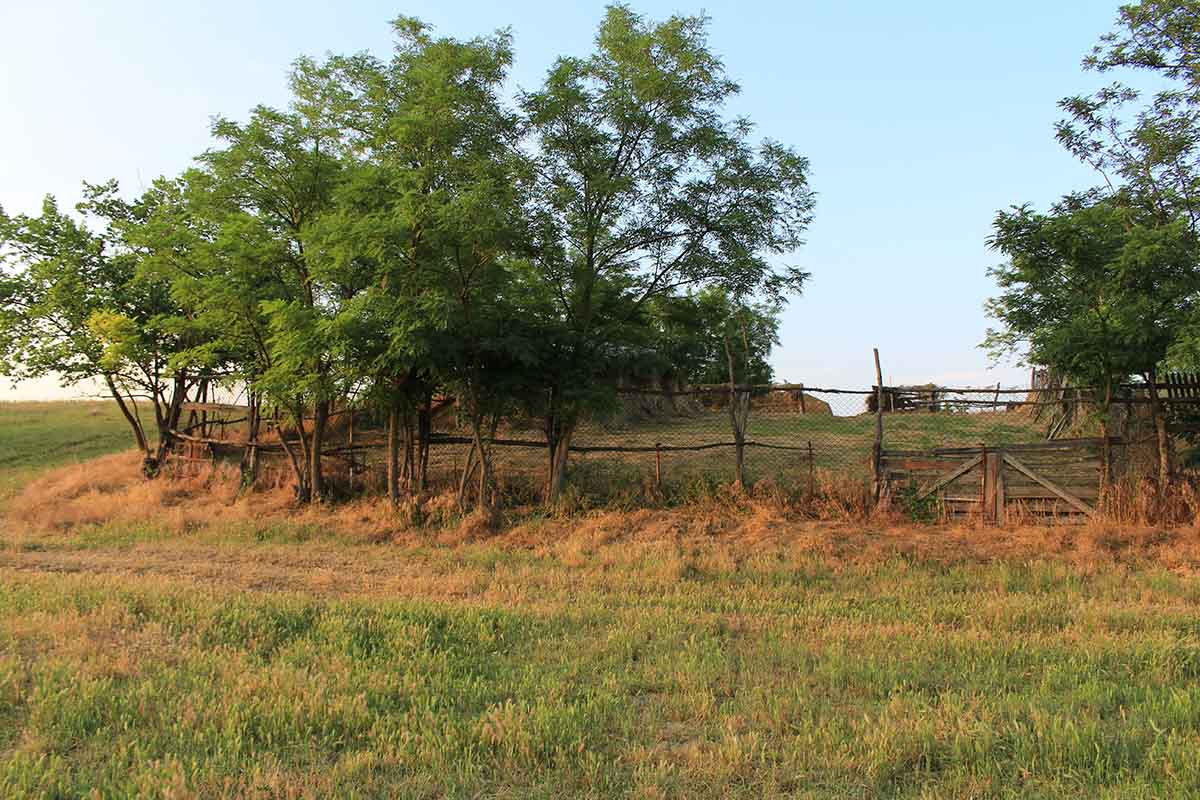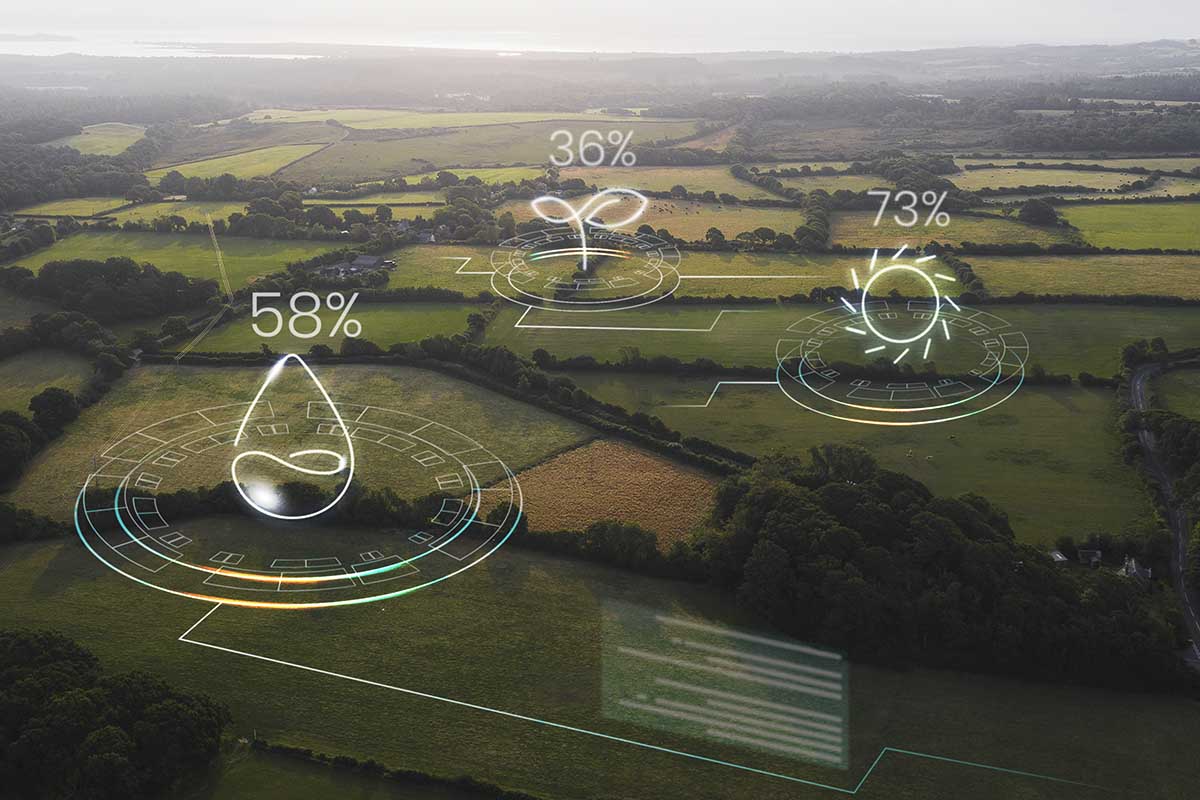The Earth’s climate has become a global concern in recent years. The rising global temperature and changes in precipitation patterns have brought the issue of climate change to the forefront of our attention.
John Gessin thinks these changes are attributed to the excessive amounts of carbon dioxide and other greenhouse gases being released into the atmosphere.
One of the most efficient ways of reducing the amount of carbon dioxide in the atmosphere is through carbon farming. Carbon farming is a set of agricultural and land management practices that aim to increase carbon sequestration in soil and vegetation. This article will explore how carbon farming can help manage land more efficiently.
What Is Carbon Farming?
Carbon farming is a set of agricultural and land management practices that aim to increase carbon sequestration in soil and vegetation. Carbon farming involves various methods, including agroforestry, rotational grazing, cover cropping, conservation tillage, and Biochar.
These practices aim to reduce greenhouse gas emissions and sequester atmospheric carbon to keep it in the soil and out of the atmosphere. Land managers can reduce their carbon footprint by implementing carbon farm practices while increasing soil health and productivity.
Benefits Of Carbon Farming
If you want to learn more about the benefits of carbon farming, we’ve listed five below:
Mitigate Climate Change
Carbon farming improves the soil’s ability to absorb and retain carbon from the atmosphere, reducing greenhouse gas emissions and contributing to global warming. According to research, an acre of farmland with cover crops can sequester an additional 1 ton of carbon per year.
Enhance Soil Health
Carbon farming uses organic matter, compost, and other natural inputs to improve soil health. These practices enhance beneficial microbial activity, nutrient cycling, soil structure, and water-holding capacity, leading to healthier plants, increased yields, and improved ecosystem services.
Promote Biodiversity
Carbon farming systems encourage the integration of diverse crops, cover crops, and beneficial species into farming operations, promoting the establishment of habitats for pollinators, beneficial insects, and wildlife. Promoting biodiversity also helps to build soil health by increasing the diversity of soil organic matter.
Support Local Economies
Carbon farming benefits communities by enhancing agricultural productivity and ecosystem services like clean water and air, wildlife habitat, and recreational opportunities. This promotes a stronger and more resilient local economy based on sustainable farm practices and eco-tourism.
Build Resilience To Climate Change
Carbon farming practices like crop rotation, cover cropping, and no-till farming can improve the resiliency of crops to drought, flooding, and extreme weather events. This can help farmers to maintain crop yields, reduce inputs costs, and adapt to climate variability.
Carbon Farming Practices
Below is a list of popular carbon farming practices:
Agroforestry
Agroforestry is a farming system that integrates trees and shrubs into traditional crops and livestock systems. These systems help capture and store carbon in leaves, roots, and soil. Trees also provide food and shade for livestock, reducing the impact of grazing on the land. Agroforestry practices can increase agricultural productivity while reducing soil erosion and improving water quality.
Rotational Grazing
Rotational grazing involves moving livestock through a series of different pastures or paddocks. This practice helps prevent overgrazing and promotes healthy grass growth. Healthy grass systems increase soil organic matter, which supports carbon sequestration, reduces erosion, and improves soil health and productivity.
Cover Cropping
Cover cropping involves planting a crop between cash-crop seasons to provide ground cover. Cover crops can reduce soil erosion, increase soil organic matter, and reduce the need for fertilizers and herbicides. By growing organic matter, cover crops also help sequester carbon in the soil.
Conservation Tillage
Conservation tillage involves leaving crop residues on the soil surface and using minimum tillage practices. These practices reduce soil erosion, improve soil health, increase water retention, and help sequester carbon in the soil.
Biochar
Biochar is a form of charcoal made from organic materials. It is used as a soil amendment to increase soil fertility and carbon sequestration. Biochar has a high carbon content, which makes it an excellent carbon sink. When added to soil, it also helps improve soil health, water retention, and nutrient uptake.
Challenges of Carbon Farming
While carbon farming offers many benefits, some challenges are involved in implementing these practices. See some of these below:
Cost Of Implementing Carbon Farming
One challenge is the initial cost of implementing carbon farming practices. Many of these practices require significant upfront costs, which can deter farmers and land managers from adopting them.
Need For Technical Expertise
Another challenge is the need for technical expertise to implement these practices. Carbon farming practices often require specialized knowledge of farming and land management. Farmers and land managers may need specialized training before adopting these practices.
It May Not Be Suitable For All Agricultural Systems
Finally, carbon farming may not be ideal for all agricultural systems. Different farming and land management practices may better suit other geographic regions and climates.
Manage Land More Efficiently: Conclusion
Carbon farming practices significantly benefit the environment and can help mitigate climate change by reducing greenhouse gas emissions. Carbon farming practices such as agroforestry, rotational grazing, cover cropping, conservation tillage, and biochar promote healthy soil systems, biodiversity, and economic benefits for farmers.
While implementing carbon farming practices can present challenges, the benefits of carbon farming outweigh the costs. Carbon farming offers a promising solution to reducing carbon footprint while increasing soil health and productivity.
Encouraging more farmers to adopt these practices can help create a sustainable future for future generations.



















